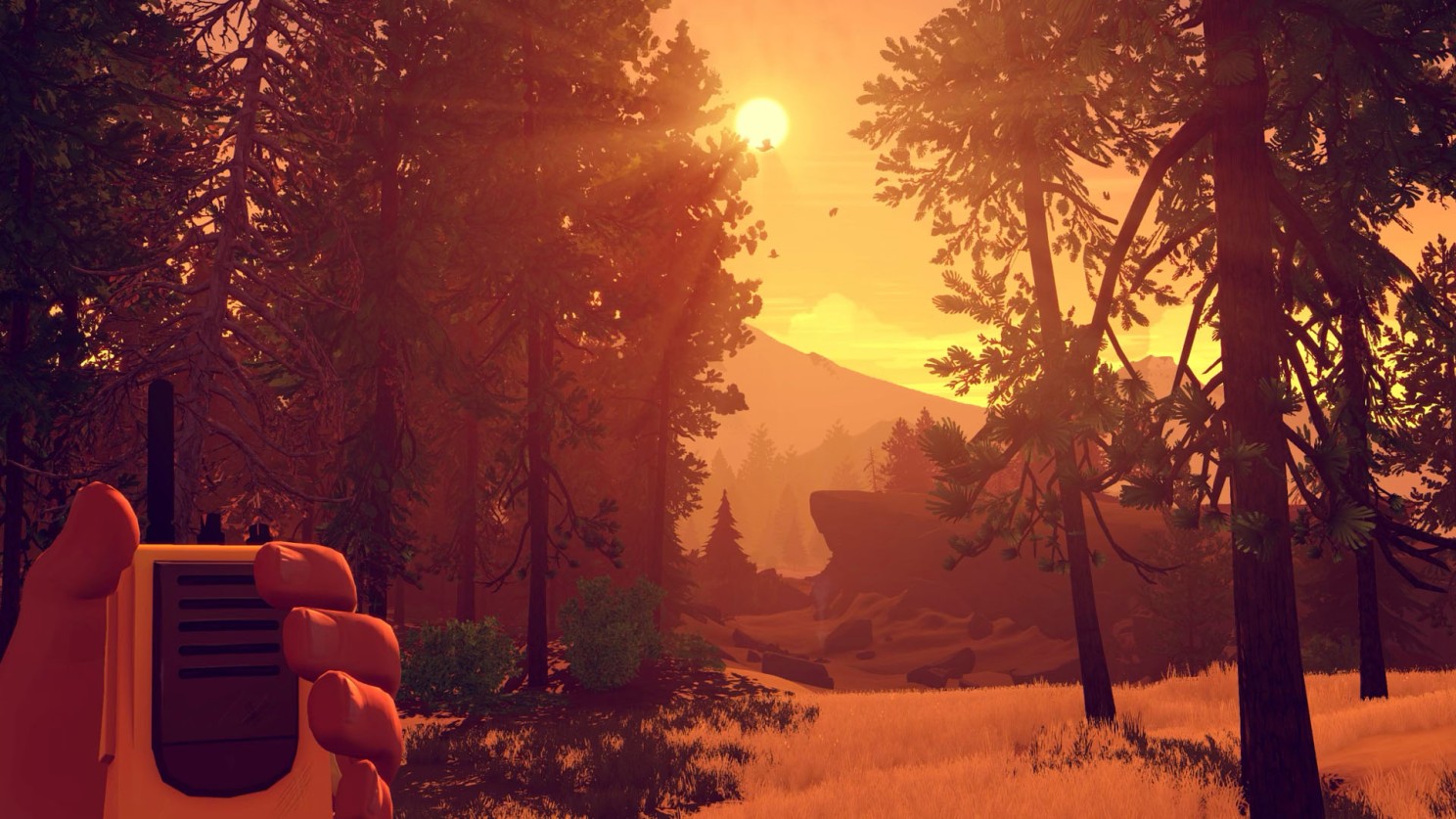THOUGHTS ON
HOW GAMES TRAINED US TO LISTEN

RESONANCE
When you put on headphones and hear a singer’s voice in the center, the guitar slightly to the left, the reverb of a room behind — it creates more than a mix. It creates a place. Even basic stereo audio gives us a virtual stage to inhabit. We listen into it, not just at it.
Over the past two decades, that subtle spatial awareness has grown into something deeper. Through games (and headphones) more and more people have developed a new kind of listening literacy. They’ve grown accustomed to sound that doesn’t just play, it surrounds, guides, and responds. And they’re bringing that expectation with them — into galleries, museums, and cultural spaces.
As games have shaped the expectation of people, new creative and curatorial possibilities are emerging for museums, exhibitions, and public spaces.
GAMES AS A SCHOOL FOR THE EARS
In everyday life — especially in urban environments — sound is rarely something we use for orientation. We’re more likely to tune it out than attend to it. Streets, stations, cafés, public transport, they’re full of layered, overlapping sounds. It’s hard to tell what’s important. You might hear a car approaching, but it’s buried under music, conversations, and engine noise.
Vision became our dominant sense, not just biologically, but culturally. We’ve built entire systems around seeing: maps, signage, architecture, design. Hearing, by contrast, has mostly stayed in the background, alerting us to danger, but rarely used for structured navigation or exploration. As a result, spatial listening never developed the same cultural precision as spatial seeing. It remained underused, undertrained.
But in games, that changed.
The sonic environment became legible. It gave you clues. It rewarded attention. It taught you to move through sound, not just react to it.
Some games made this learning almost unconscious. In Inside (Playdead, 2016), a silent, side-scrolling world is rendered vivid through sound alone. Every footstep, echo, and impact becomes meaningful. With no interface or dialogue, you’re left to interpret the world through atmosphere and acoustics. Other games were more direct. In The Last of Us (2013), players learned to survive by listening—locating enemies before they appear, sensing danger through distant sounds, and navigating space based on auditory tension. In first- and third-person games like these, sound became a core mechanic. The rustle of movement to your left, the echo of a corridor behind you, the shift in reverb as you enter a new space — these weren’t just atmosphere; they were signals. You had to listen, and listen actively.
WHEN SOUND BECOMES A 360° SPACE
What games also established—especially through stereo headphones—is that sound can create a space that surrounds you completely, even in the absence of visuals. Some games use binaural recording techniques, others simulate spatial cues algorithmically, but the effect is the same: sound gives shape to an environment. It tells you about materials (stone, metal, grass), about scale (a cathedral or a crawlspace), and even about story.

In Firewatch (2016), sound becomes your quiet companion in the wilderness. The crunch of gravel shifts to the rustle of pine needles, the wind picks up before a storm breaks, and your radio crackles with distant voices that carry emotional weight as much as orientation. While you can pull out a map, you often find yourself listening—to your environment, to your breath, to the silence. Sound doesn’t tell you where to go. It tells you how it feels to be there.
Other games, like Star Wars Jedi: Survivor, blend that atmosphere with directional clarity. You often hear enemies before you see them, giving you time to prepare. Subtle cues in the soundscape—wind through ruins, the hum of hidden tech, or the growl of a nearby creature—guide exploration. These sounds aren’t just background; they’re breadcrumbs.
Taken together, these games do more than set the mood—they redefine how we perceive space through sound. In these games, you could close your eyes and still find your way. The soundscape is not an accessory; it’s the environment itself. And that insight has quietly shifted expectations. Audiences—especially younger ones—now intuitively grasp that sound can form space, even without architecture or visuals.
SOUND THAT RESPONDS, NOT JUST SURROUNDS

